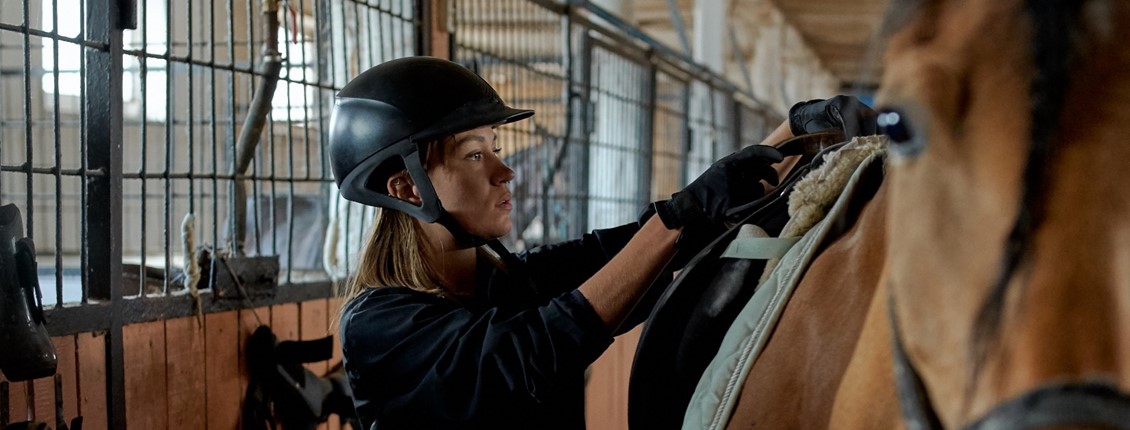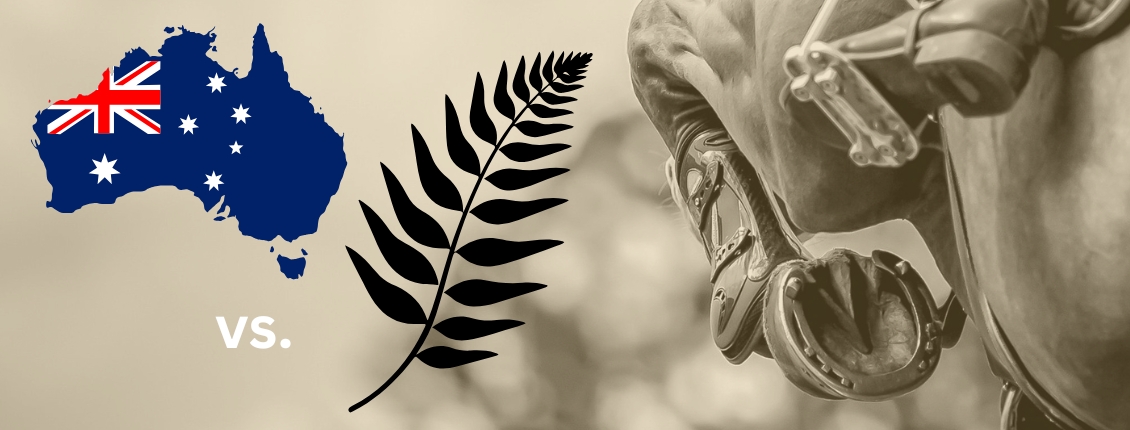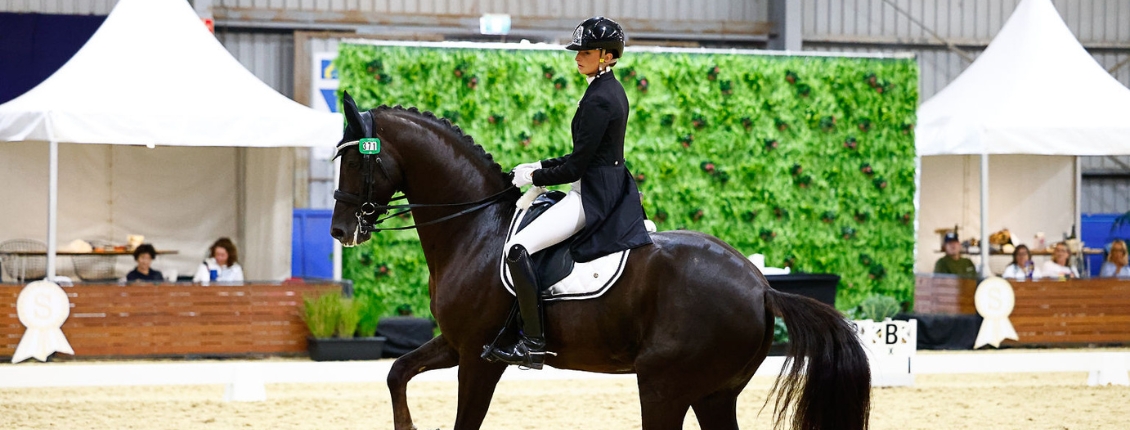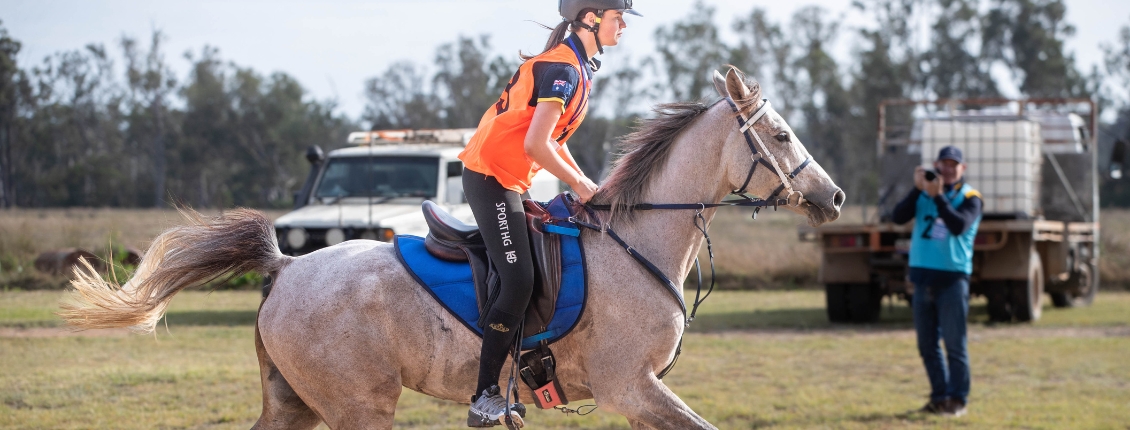
What People Really Think About Safety around Horses: The Relationship between Risk Perception, Values and Safety Behaviours
Equestrians continue to debate what they think, believe, feel and value as superior safety-first principles during human–horse interactions.
Some of these varying opinions about how dangerous horses really are; the risk and what actions should be taken to minimise risk, appear to be determined by many different factors.
A team of researchers explored what humans say about safety around horses and identified what they perceived as important or less important to stay safe. Researchers examined what elements influence human risk perceptions and behaviours (both positive and negative) during human–horse interactions.
Some human safety choices were influenced by financial gain, level of experience, exposure to safety training and disregard for potential human injury as a deterrent for any safety change behaviour.
A significant percentage of participants accepted risk of human harm around horses, with some choosing to take risks for sport achievements and others willing to place their horse’s safety above their own.
This paper highlights benefits for the equestrian industry (work or non-work environments) in adopting some safety-first principles and standards, adopted by many high-risk workplaces such as safety training, risk assessment (horse-rider), improved communications and adequate supervision.
Moreover, if the equestrian industry chose to implement these tried-and-tested safety principles, this would assist in mitigating risk and potentially reduce human horse-related injury and fatalities.
Read the findings:









